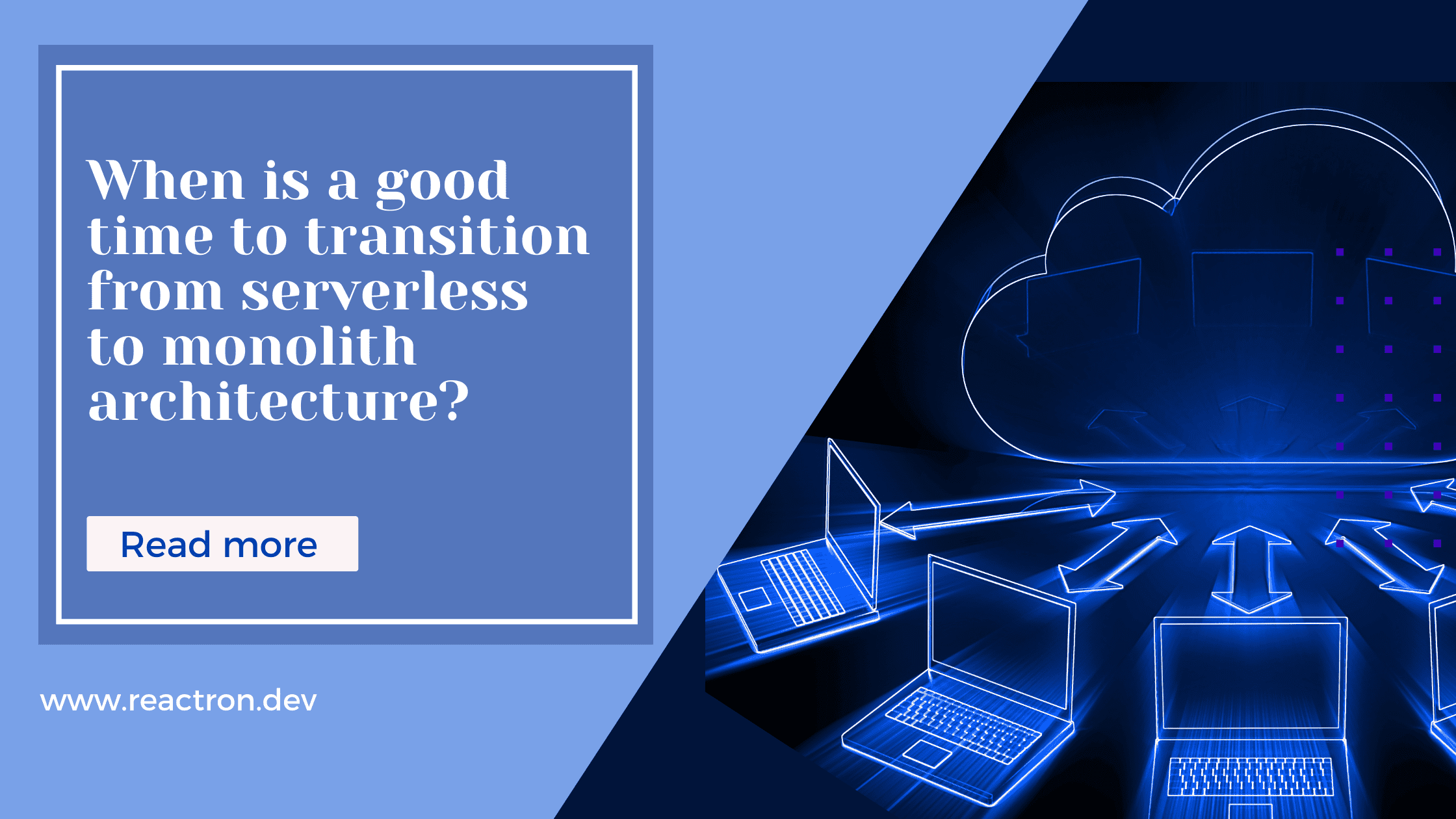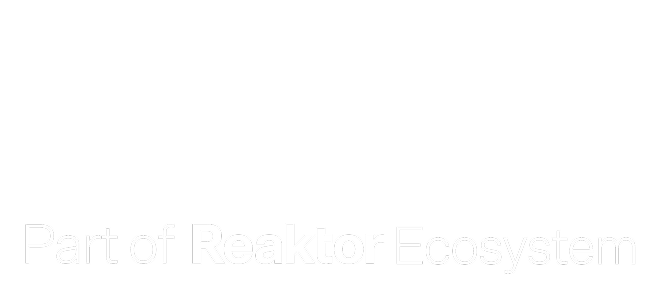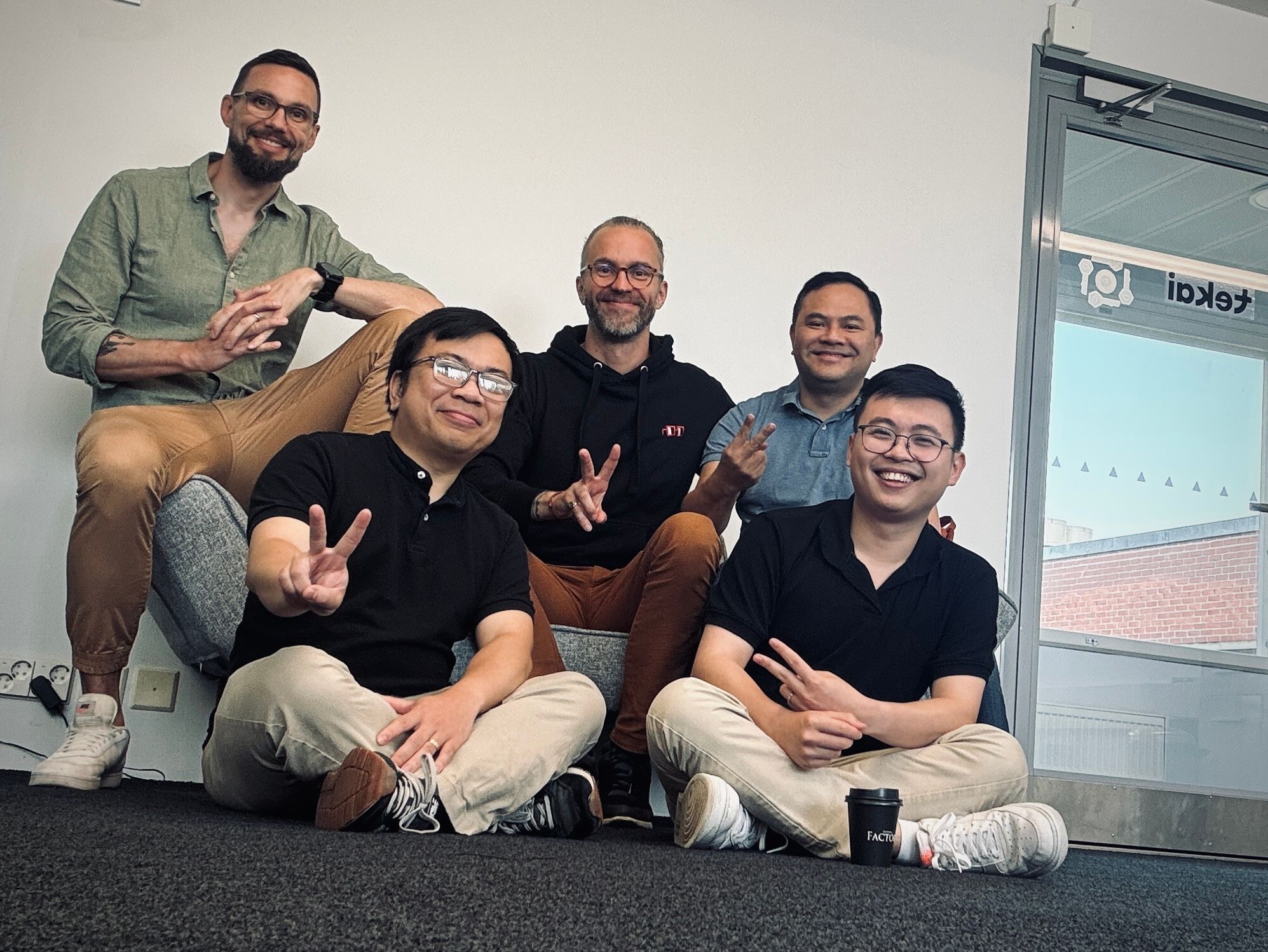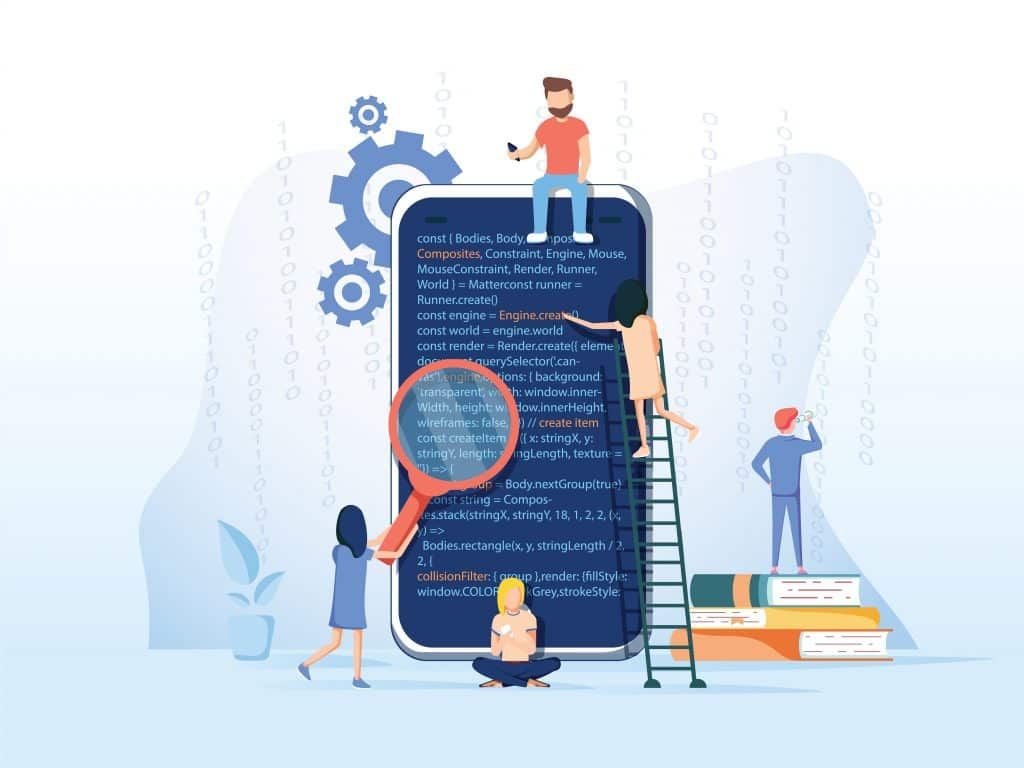When is a good time to transition from Serverless to Monolith architecture?
22/02/2023
by Jarvis

Serverless architecture has become increasingly popular in recent years and is a valuable tool for developers looking to quickly and efficiently create applications from scratch. However, as applications grow and expand, business owners and developers may decide whether to switch from serverless architecture to monolith architecture. Making this transition is not always easy, and it is important to understand when it is best to make a move. In this blog post, Tekai will explore the benefits and drawbacks of serverless and monolith architectures and discuss when it is best to transition from serverless to monolith architecture. By the end of this post, readers will better understand when to transition based on your needs.
 Serverless in a nutshell
Serverless in a nutshell
Serverless architecture is a software design pattern that uses a collection of services provided by a third-party provider. These services can be used to create, update, and delete the API endpoints that comprise an application's backend. For example, the serverless architecture could create an API endpoint for each function in a user API endpoint. Each function would contain code to execute the user API endpoint's main functionality. Developers use serverless architectures because they allow developers to focus on core application logic without having to worry about infrastructure or scaling issues. However, serverless architectures have limited scalability options and performance issues, so transitioning to a monolithic architecture can be beneficial.
 Some points that serverless architecture is better
Some points that serverless architecture is better
Serverless architecture describes an approach by which companies can build and run applications without having to manage infrastructure. It provides a way to remove architectural responsibility from your workloads, including deployment, scaling, and maintenance. Scaling can be done automatically and you only pay for what you use. Developers can build releases faster, scale better, and reduce infrastructure costs. Many components of an event-driven architecture are actually serverless components. As organisations migrate existing infrastructure to the cloud and set up new infrastructure, serverless options should be considered for potential benefits.
Serverless computing leverages cloud-based infrastructure and provide instant access to a scalable system that runs on demand and scales your code automatically. Developers outsource responsibility for infrastructure to external providers or cloud providers. This frees up application development and growth resources without worrying about IT infrastructure. It is utility-based computing that allows users to access scalable computing power on a pay-as-you-go basis.
 Some points on how monolithic architectures are better
Some points on how monolithic architectures are better
Monolithic architectures have advantages, which is why many applications are still built using this development paradigm. They may also be easier to test and debug, as fewer test variables and scenarios come into play with fewer elements. A monolithic architecture is the traditional way of building applications, and therefore there are a lot of available existing toolings and resources to support the development. Also, it is considerably easier to create a local development environment with a monolithic application.
Monolith architectures are a great way to keep your application's codebase organised and easy to maintain. With a single codebase, you can easily keep track of all of your code, making it easier for developers to make changes and improving the overall development speed. Furthermore, the codebase can be tested more effectively, as all changes need to be tested in the same environment. This helps reduce the number of bugs in the system and puts your application in a better position for future development. Additionally, monolith architectures are more secure as all of the code is in one place, reducing the risk of malicious attacks from attackers. Finally, monoliths can be deployed more quickly, as the codebase is already in place and there.
 Conclusion
Conclusion
Overall speaking - transitioning away from a purely serverless approach towards a more traditional layered approach will result in better time-to-market value while still providing enough flexibility for small shifts in demand or technology shifts over time. However, transitioning away from serverless architecture can lower reliability since a single codebase represents a single point of failure; require expensive solutions for API management; or requires significant resources if using an API gateway from limited network bandwidth at smaller scales at startup scales can be difficult due limitations with available bandwidth at smaller scales."
There is no one-size-fits-all answer to when it is the best time to transition from serverless architecture to monolith architecture. Every organization has different needs, and the best move is to assess your environment and current software to determine what suits your needs best. Haven't you found your answer yet? Don’t hesitate to contact Tekai. We have a satisfactory answer suitable for your case. The senior experts from Tekai are always available to help with any issues your business faces. Let’s make your life easy today!






















